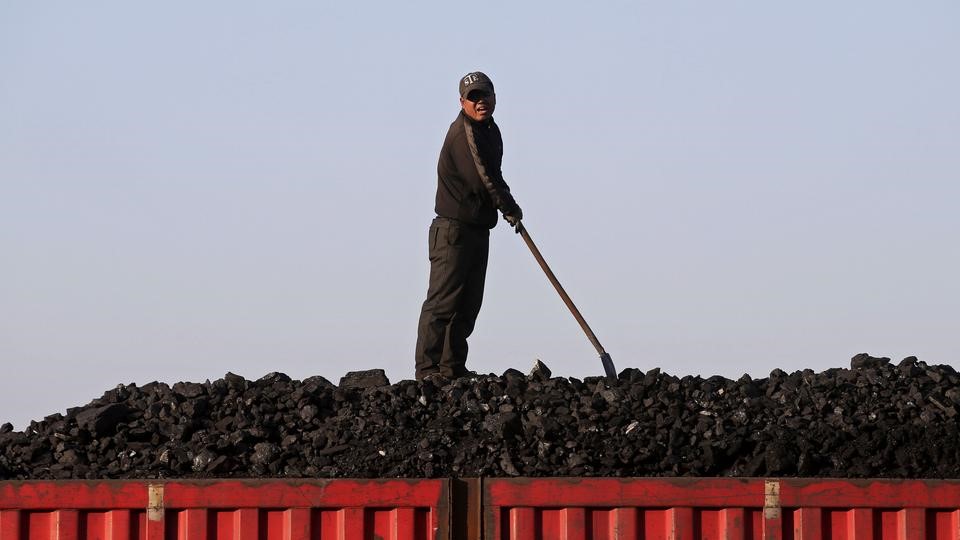China and India have been facing a serious energy crunch as the economies of the two Asian nations struggle to recover from the crisis posed by the coronavirus pandemic.
China and India, two of Asia’s largest economies, have been suffering from a worsening energy crunch as the global stock and bond markets wobble on worries that rising energy costs will hamper the economic recovery from the coronavirus pandemic.
Power prices hit record highs in recent weeks, driven by shortages in Asia and Europe, with an energy crisis in China expected to affect the world’s second largest economy and top exporter.
Beijing decided to allow coal-fired power plants to pass on the high costs of generation to some end-users via market-driven electricity prices.
Together with the skyrocketing energy prices, heavy rain and flooding devastated coal mines in north China’s Shanxi province while at least 60 coal mines had temporarily closed in the province on the weekend due to the catastrophe.
Energy crisis in India
Meanwhile, India also is facing a deepening power crisis as coal power plants stocks are decreasing to unexpectedly low levels and several states across the country have started to warn over possible power blackouts.
India is the world’s second largest coal producer, with the fourth largest reserves, but a steep surge in power demand that has outstripped pre-pandemic levels in Asia’s third-largest economy means state-run Coal India’s supplies are no longer sufficient.
The coal supplies to thermal power plants are running critically low. According to the country’s central electricity authority, almost 80 percent of power plants, which convert heat from coal to electricity, were in “supercritical” or critical stage meaning the stock could run out in less than five days.
The country’s Rajasthan, Jharkhand and Bihar states have been experiencing electricity cuts, up to 14 hours, in recent times.
Maharashtra state closed 13 thermal power plants while three power plants in Punjab halted the electricity generation.
What are the main causes of the crisis?
As world economies emerge from the pandemic, the supply of power has started to fall short against the booming demand.
The efforts of transformation from coal plants to renewable sources to meet energy needs have caused a vulnerability for many countries with coal plants closing and gas stockpiles dropping below pre-pandemic levels.
The efforts to reduce carbon emissions led to the closure of hundreds of coal mines in China. Furthermore, coal supplies within the country and from abroad are restricted for various reasons. Last week’s rains slammed two crucial Chinese coal mining hubs, further exacerbating the situation in the country.
The price of coal used in thermal plants to generate power has increased as the futures rose 11 percent on the Zhengzhou Commodity Exchange by reaching $234 per metric ton. On Monday, the price increased by eight percent.
India’s state-owned coal producer is accused of not stockpiling enough amounts to meet the predicted energy needs, because of the reopening of the economy.
“The current crisis is not manifested by shortage of coal mining capacity, but instead it is caused due to improper foresight, planning and stocking of coal by power generators and energy regulator in the country,” Sunil Dahiya from the Centre for Research on Energy and Clean Air, told the Guardian.
The heavy monsoon rains are seen as another factor decreasing domestic coal mining by causing floods and preventing mining.
India currently meets about 70 percent of its electric needs from coal.


Comment here